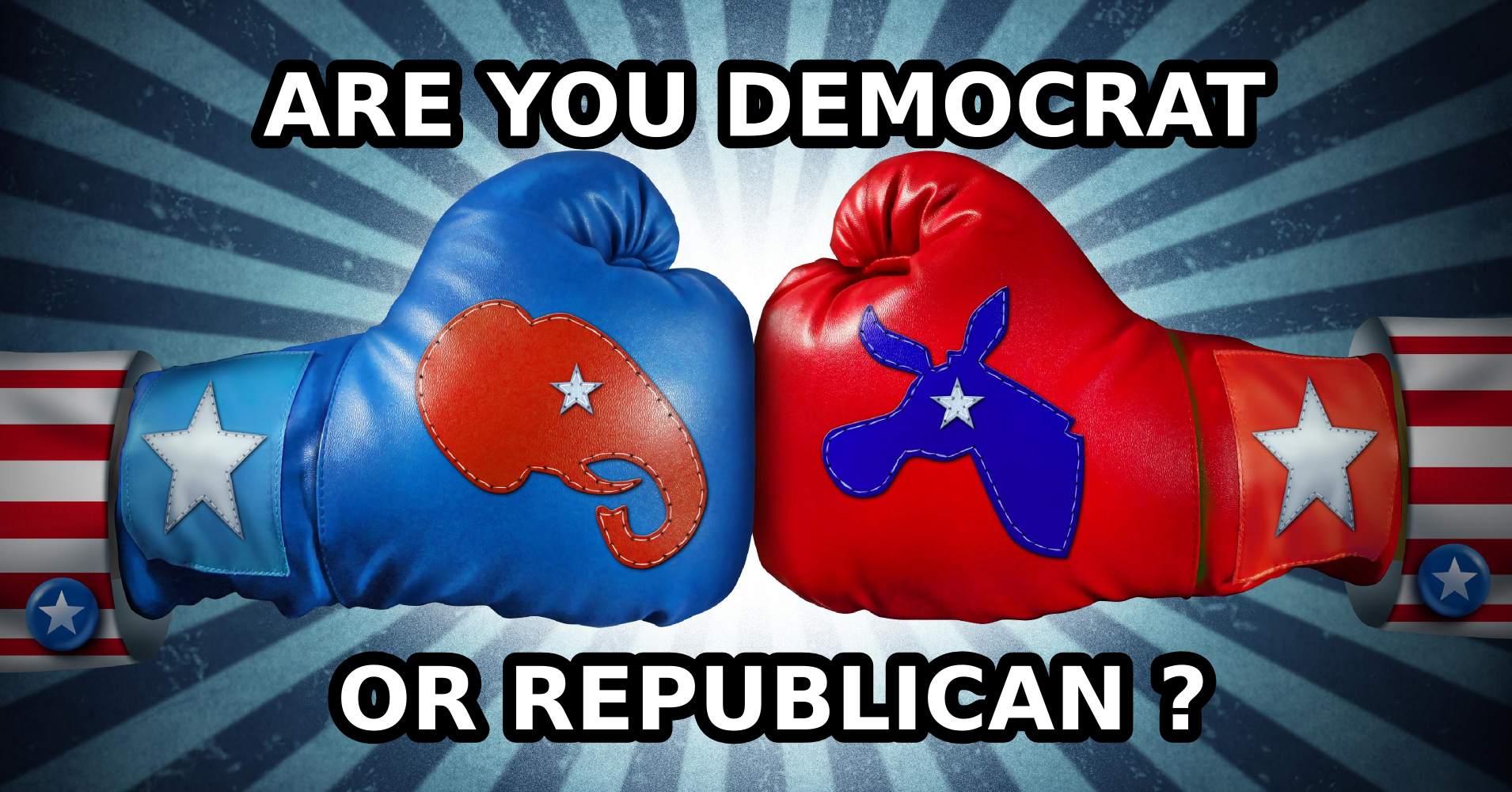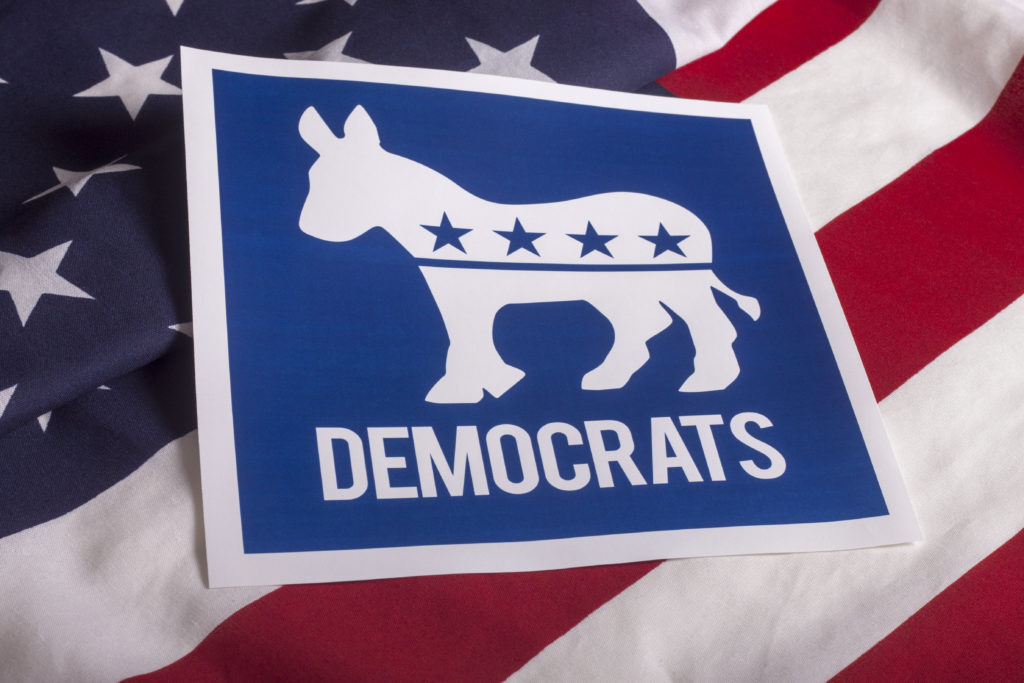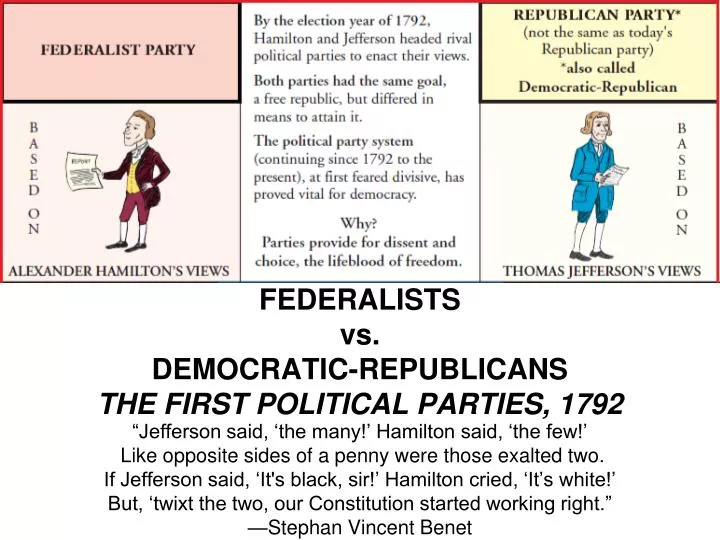
Through this quiz and the answers that appear after each response, you can learn some of the history of the struggle for voting rights that is all too often omitted from the textbooks. Teaching for Change designed this quiz to challenge assumptions, deepen understanding, and inspire further learning about the voting rights struggle. history? Who is responsible for the Voting Rights Act getting passed? When did the struggle for voting rights begin? Have voting rights always been restricted throughout U.S. But what do we know of the history that led to the signing of the legislation? Right vs left isn’t the divide that matters in this country – blending tender-hearted caring for our (individual) fellow man with a strong-minded commitment to being data driven when making decisions as relate to our (societally) fellow man is the divide we need to bridge.We’ve all seen the iconic image of President Lyndon Johnson signing the Voting Rights Act of 1965. Sadly, at the end of the day most people are either fully strong-minded (“I can do it myself”) or fully tender-hearted (“protect me at all costs to others”). In political terms I believe this is best represented by the “classic liberal,” those who respect traditions but believe, above all else, in liberty superseding government. argues we should all be both – we should be capable of caring for one another (without the need for government) through our tender heartedness, while also being strong minded in our approach to society as a whole. Or, as he rightly describes it, from “tender hearted” to “strong minded.” MLK Jr. It goes from 100% emotional to 100% data driven. Political spectrum – it’s the only honest assessment that exists. To find out where you fit, take t he quiz now and let us know your results. Perhaps you are a Faith and Flag Conservative or a Democratic Mainstay or even a Stressed Sideliner. So you likely are not simply a liberal or conservative. Bernie Sanders or Elizabeth Warren in the Democratic primaries (though they broke heavily for Biden in the general election versus Trump)”



Progressive Left (6%): “largest Democratic group to say it backed Sens. 9 in 10 don’t feel there are candidates who represent their views.ĭemocratic Mainstays (16%): identify as moderate liberal views on race, economics, but are more conservative on immigration and crime.Įstablishment Liberals (13%): “when it comes to race, they say they recognize societal ills and that more needs to be done to correct them, but instead of wholesale change, they say it should come from within existing laws and institutions.”

Outsider Left (10%): believe other countries are better than the U.S. Stressed Sideliners (15%): “largely disengaged from politics only about 4 in 10 voted in 2020, and fewer than half believe the results of the 2022 elections ‘really matter.'” Populist Right (11%): a majority believes the “economic system in the country unfairly favors powerful interests, that businesses in this country make too much profit and that taxes on household income over $400,000 should be raised.”Īmbivalent Right (12%): don’t identify as “conservative” politically, but are conservative economically and on issues of race. Here are the nine categories via NPR:įaith and Flag Conservatives (10% of the public): deeply conservative on nearly all issues.Ĭommitted Conservatives (7%): pro-business limited government less enthusiastic about Trump, staunch supporters of Ronald Reagan. This past July, Pew created its typology using more than 10,000 survey interviews over an 11-day period. Instead, Pew says there are at least nine distinct political groups that make up American voters. That’s likely because while you agree with the candidate on some policies, the individual barely represents your overall worldview.Ī new Pew Research Center study found that the political spectrum in America cannot be divided into just Democrats and Republicans. You probably find yourself routinely voting Democrat or Republican but coming away unenthused about your party’s candidates.


 0 kommentar(er)
0 kommentar(er)
